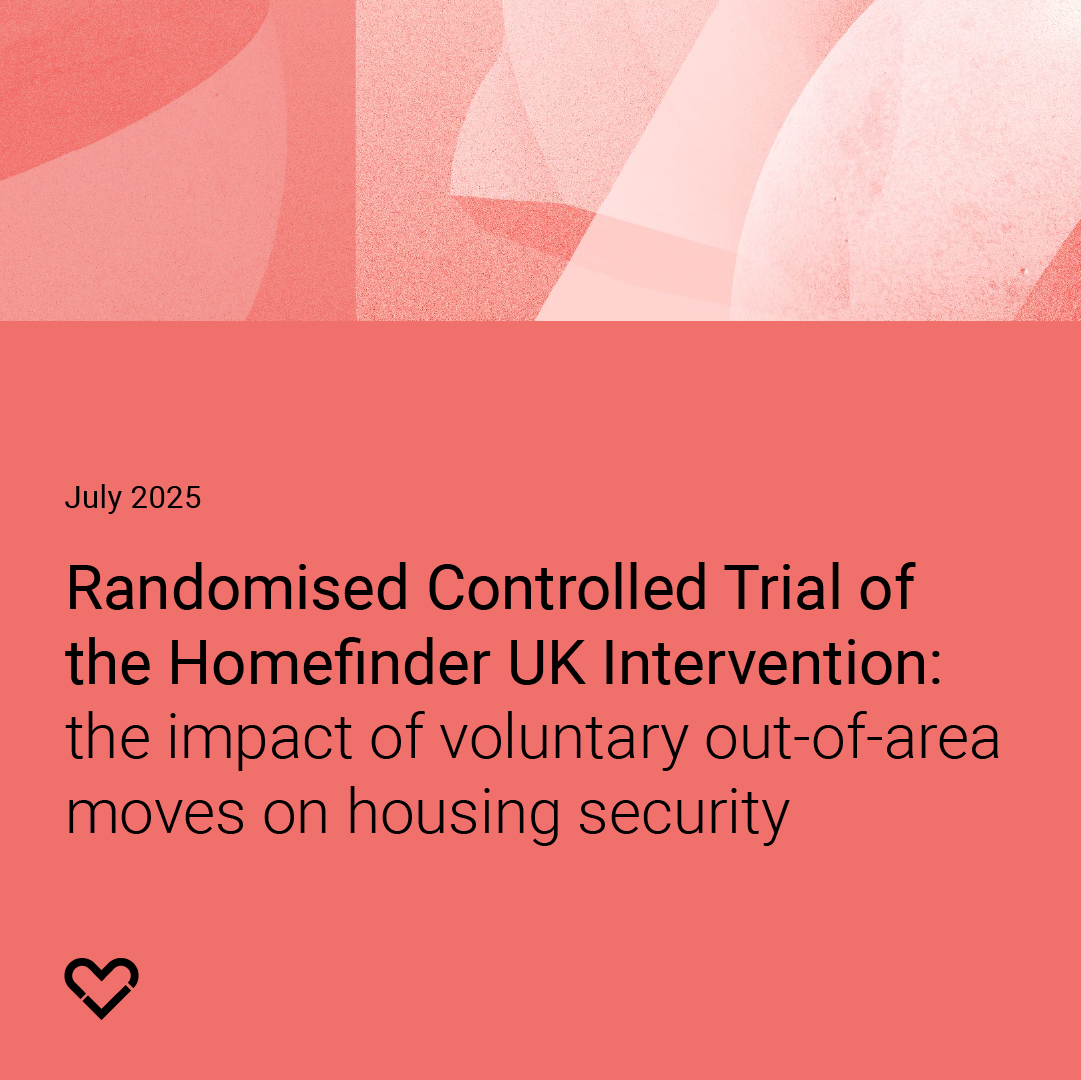Evidence and Gap Maps Implementation: Fifth Edition
What is the Implementation Map
Unlike our ‘what works’ map that captures causal evidence, this living, evolving resource acts as a compass, guiding us through the intricate landscape of what is needed to successfully implement homelessness interventions. It’s a painstaking, yet vital, process of sifting through hundreds of process evaluations, studies that involve listening to the voices of those on the frontline – from service users to case workers, programme managers to policymakers – to understand the ‘how’ behind the ‘what’.
Our map has grown significantly, now charting the insights from a remarkable 840 English language studies from across the globe. For our UK audience, this update is particularly poignant: we’ve integrated 62 new evaluations from across England, Scotland, Northern Ireland and Wales, bringing our total UK-specific evidence to 213 vital pieces of the puzzle. This deep dive into our national context allows us to see patterns and nuances that might otherwise be missed. However, the lessons and insights contained within these pages resonate far beyond our borders, offering crucial guidance for a global readership grappling with similar challenges
Findings In Brief:
Data shows that contextual factors (like the availability of affordable housing or welfare support) are twice as likely to act as barriers than facilitators.
Insights from the map highlight that dedicated staff and case workers are twice as likely to be facilitators than barriers.
Progress in areas like addiction support and the growing adoption of social impact bonds, our map also shines a light on persistent gaps.There’s still a critical need for more qualitative evidence on the implementation of interventions related to legislation, employment, communications, and financing.
Our critical appraisal reveals that a significant portion of studies currently offer ‘low confidence’ findings, often due to insufficient reporting on the relationship between researchers and participants, and ethical considerations.





.jpg)

